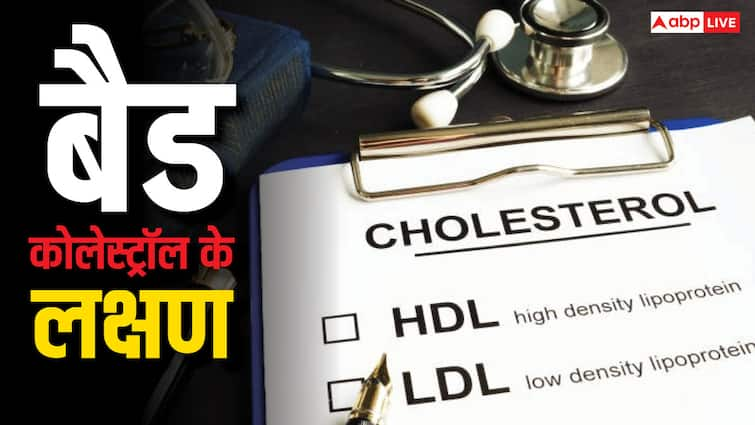The biggest problem with cholesterol is that its symptoms are only visible when it completely increases in the body. Due to the increase in cholesterol levels, it begins to accumulate in the veins. Due to this, problems such as stroke and high blood pressure begin to occur. People with diabetes often have a problem with high cholesterol.
Increased cholesterol may also be linked to other diseases. This means that even in some serious illnesses, cholesterol levels begin to rise in the body. Especially diseases in which your body is swollen. People with high cholesterol levels may often complain of high blood pressure.
For your information, let’s say that there are two types of cholesterol in the body, one is good cholesterol and the other is bad cholesterol. For your information, let’s say that when bad cholesterol starts to increase in the body, strokes, heart attacks and heart diseases increase. Increased cholesterol can also be genetic. After which this disease begins to worsen.
These symptoms appear when bad cholesterol increases in the body.
numbness of hands and feet
When bad cholesterol increases in the body, the hands and feet begin to become numb. Because of this, chills begin in the body.
have a headache
According to health experts, increased bad cholesterol causes severe headaches. When blood does not reach the veins properly, severe headaches occur.
shortness of breath
If you feel short of breath even after walking a little, this may be a sign of increased cholesterol.
feel uncomfortable
Raised cholesterol levels increase the risk of heart disease or stroke. For this reason, chest pain, restlessness and a rapid heartbeat can be symptoms of increased bad cholesterol.
Also read: Does your whole family bathe with the same soap? Know how dangerous it is to do this
weight gain
Due to continuous weight gain, bad cholesterol begins to increase in the body. If such symptoms are observed in your body, then you need to get your cholesterol levels checked once.
What is the normal cholesterol level?
According to the doctor, if the bad cholesterol in the blood increases, its level is less than 100 mg/dl, then it is a normal level. If it exceeds 130 mg/dL, that’s a warning for you. If your bad cholesterol level is above 160 mg/dL, that’s a red flag for you. This clearly means that bad cholesterol has increased in your body.
Disclaimer: Some information in news stories is based on media reports. Before implementing any suggestion, you should consult the relevant expert.
Check out the health tools below –
Calculate your body mass index (BMI)
